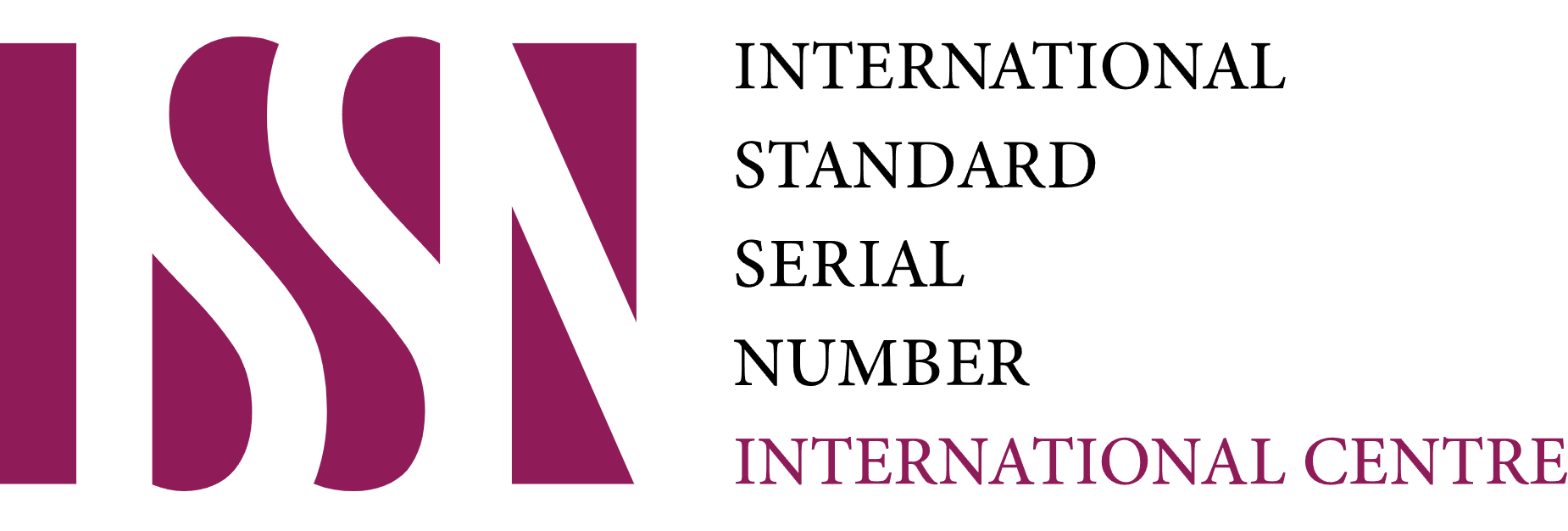Persepsi Petani Terhadap Penerapan Teknologi Konservasi Lahan pada Budidaya Padi di Kecamatan Nagrak Kabupaten Sukabumi
DOI:
https://doi.org/10.51852/jpp.v16i1.497Keywords:
padi sawah, persepsi petani, teknologi konservasi lahanAbstract
According to data from statistics, the productivity of paddy (Oryza sativa L.) in the sub-district of Nagrak has decreased. One of the causes is the decline in land quality due to the lack of positive perceptions of farmers on the application of land conservation technology. This study aims to determine farmers' perceptions of the application of land conservation technology in lowland rice cultivation, analyze the factors that influence farmers' perceptions, and formulate extension strategies so that farmers have positive perceptions of the application of land conservation technology. The study used descriptive analysis and factorthe ial method. Based on the results of the study on 60 respondents, it shows that most of the farmers' perceptions, in general, are neutral, namely the application of land conservation technology has benefits for the environment but not economically and not by the habits of farmers. The factors that significantly influence the perception of farmers to consist of a length of education, the role of farmer groups, and the role of agricultural extension. The strategy to improve farmers' perceptions consists of optimizing the role of agricultural extension and farmer groups through the implementation of extension on land conservation technology in farmer groups as an effort to increase the capacity of farmers.
References
[BPS] Badan Pusat Statistik. 2019. Kabupaten Sukabumi dalam Angka 2019. Sukabumi: Badan Pusat Statistik. Badan Pusat Statistik.. 2021. Kabupaten Sukabumi dalam Angka 2021. Sukabumi.
[BPP] Balai Penyuluhan Pertanian. 2018. Programa Kecamatan Nagrak Tahun 2018.Sukabumi: Balai Penyuluhan Pertanian Kecamatan Nagrak. 2020. Programa Kecamatan Nagrak Tahun 2020. Sukabumi: Balai Penyuluhan Pertanian Kecamatan Nagrak.
Aditiawati P, Rosmiati M, dan Sumardi D. 2014. Persepsi petani terhadap inovasi teknologi pestisida nabati limbah tembakau (Studi kasus pada petani tembakau di Kabupaten Sumedang). Sosiohumaniora. 16(2), 184–192. http://dx.doi.org/10.24198/sosiohu maniora.v16i2.5731.
Arifin HS, Fuady I, dan Kuswarno E. 2017. Analisis Faktor yang Memengaruhi Persepsi Mahasiswa terhadap Keberadaan Perda Syariah di Kota Serang. Jurnal Penelitian Komonikasi Dan Opini Publik. 21(1), 88–101. http://dx.doi.org/10.33299/jpkop.2 1.1.936.
Auliyani D. 2020. Upaya Konservasi Tanah dan Air pada Daerah Pertanian Dataran Tinggi di Sub Daerah Aliran Sungai Gandul. Jurnal Ilmu Pertanian Indonesia. 25(3), 382–387. https://doi.org/10.18343/jipi.25.3.3 82. Diunduh pada 13 Juli 2021.
Bulu YG dan Utami SK. 2014. Persepsi Dan Motivasi Petani Mengenai Teknologi Konservasi Lahan Pertanian Berlereng Di Kecamatan Labangka Kabupaten Sumbawa Nusa Tenggara Barat. BPTP: Nusa Tenggara Barat. 1066–1076. http://repository.pertanian.go.id/h andle/123456789/6846. Diunduh pada 23 Februari 2021.
Edwar. 2011. Pengalaman Petani Dalam Konservasi Lahan Melalui Usahatani. Jurnal Pendidikan Lingkungan dan Pembangunan Berkelanjutan. 12(1): 88-100. http://dx.doi.org/10.21009/PLPB.1 21.05.
Hadi S, Prayuginingsih H, dan Akhmadi AN. 2019. Peran Kelompok Tani dan Persepsi Petani Terhadap Penerapan Budidaya Padi Organik di Kabupaten Jember. Jurnal Penyuluhan. 15(2), 154– 168.https://doi.org/10.25015/1520 1918492.
Makarim AK dan Ikhwani. 2013. System of Rice Intensification (SRI) dan Peluang Peningkatan Produksi Padi Nasional [Seminar Puslitbang Tanaman Pangan]. Bogor: Pusat Penelitian dan Pengembangan Tananaman Pangan. https://pangan.litbang.pertanian.g o.id/en/paket-teknologi-1-system of-rice- intensification-sri-dan peluang-peningkatan-produksi padi-nasional.html. Diunduh pada 7 Juni 2021.
Nurmi dan Jamin FS. 2017. Aplikasi Tindakan Konservasi untuk Mencegah Degradasi pada Lahan Miring [Laporan]. Gorontalo: Universitas Gorontalo. https://repository.ung.ac.id/abdi/s how/1/890/aplikasi-tindakan konservasi-tanah-untuk mencegah-degradasi-tanah pada-lahan-miring.html.
Rantini, R.R dan H Prabatmodjo. 2014. Tanggapan petani terhadap kebijakan perlindungan lahan pertanian berkelanjutan di Kabupaten Bandung. Jurnal Perencanaan Wilayah dan Kota. 3(2): 373-380. https://www.bappenas.go.id/files/p ublikasi_utama/Evaluasi_Impleme ntasi_Kebijakan_ Lahan_Pertanian_Pangan_Berkel anjutan_(LP2B).pdf.
Ratsimbazafy, Cynthia L, K. Harada, dan M. Yamamura. 2012. Forest Resources Use, Attitude, and Perception of Local Residents Towards Community Based Forest Management: Case of the Makira Reducing Emissions from Deforestation and Forest Degradation (REDD) Project, Madagascar. Journal of Ecology and the Natural Environment. 4(13): 321-332. http://dx.doi.org/10.5897/JENE11. 123.
Suharyanto, Rinaldi J, Arya NN, dan Mahaputra K. 2017. Faktor-Faktor Yang Memengaruhi Persepsi Petani Terhadap Kebijakan Perlindungan Lahan Pertanian Pangan Berkelanjutan Di Provinsi Bali. Jurnal Pengkajian dan Pengembangan Teknologi Pertanian. 20(2): 111-124. http://dx.doi.org/10.21082/jpptp.v2 0n2.2017.p111-124.
Wijayanti R. 2011. Studi Identifikasi Pengelolaan Lahan Berdasar Tingkat Bahaya Erosi(TBE) ( Studi Kasus Di Sub Das Sani, DAS Juwana, Jawa Tengah). Jurnal Ilmu Lingkungan.9(2), 57–61. http://dx.doi.org/10.14710/jil.9.2.5 7-61. Diunduh pada 6 Mei 2021.
Downloads
Published
Issue
Section
License
Authors who publish with this journal agree to the following terms:
1. Copyright on any article is retained by the author(s).
2. The author grants the journal, right of first publication with the work simultaneously licensed under a Creative Commons Attribution License that allows others to share the work with an acknowledgment of the works authorship and initial publication in this journal.
3. Authors are able to enter into separate, additional contractual arrangements for the non-exclusive distribution of the journals published version of the work (e.g., post it to an institutional repository or publish it in a book), with an acknowledgment of its initial publication in this journal.
4. Authors are permitted and encouraged to post their work online (e.g., in institutional repositories or on their website) prior to and during the submission process, as it can lead to productive exchanges, as well as earlier and greater citation of published work.
5. The article and any associated published material is distributed under the Creative Commons Attribution-ShareAlike 4.0 International License













